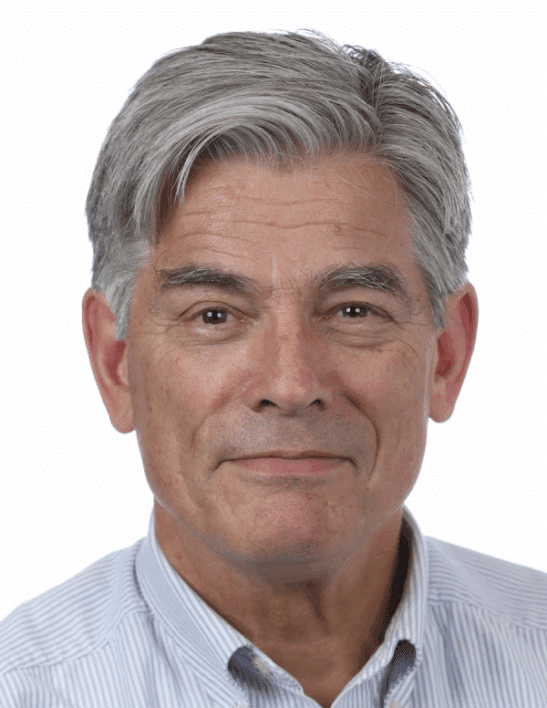As municipal policymakers take increasingly active roles in moving their cities through the energy transition, they need to know their way around their states’ utility regulatory landscape. RAP and our partners at the Building Electrification Initiative (BEI) tackled this topic recently, inviting representatives of both city governments and state utility commissions to listen in on a panel discussion about they can work together more effectively.
In “The City is in My Hearing Room: Working with Local Government in Utility Commission Proceedings,” Chair Thad LeVar of the Utah PUC, Commissioner Cliff Rechtschaffen of the California PUC, Danielle Sass Byrnett of the National Association of Regulatory Utility Commissioners, and Ann McCabe, RAP’s US program director, explored ways to improve the ability of cities to work with public utility commissions (PUCs) and further share goals around clean energy, resilience, equity and affordability.
Building on a recent study, Local Government Engagement with Public Utility Commissions, penned by the Institute for Market Transformation for the National Council on Electricity Policy, the group agreed that there is a growing number of local governments such as cities and counties engaging in regulatory proceedings, and that engagement can be critical to their ability to plan effective and realistic policies and programs.
Byrnett noted that commissions have found that this engagement can be a positive influence on their processes, promoting better understanding of utilities, regulators, and their motivations and constraints, as well as the opportunities that can come from working together in this complex environment. Still, she notes that local governments face many barriers in attempting to engage with PUCs, including, for example, understanding that many regulatory proceedings are formally litigated and that decisions are made on the basis of an evidentiary record developed by different parties.
McCabe expanded on that theme. She observed that the PUC process is not intuitive, and that participation often requires the assistance of an attorney which implicates time and resources. She urged listeners to consider the simple but effective strategy of teaming up with others to share that burden. She and others also noted that it is valuable to get to know your commissioners and commission staff outside of litigated proceedings. Rechtschaffen pointed out that this can “leverage influence.”
LeVar described the importance of understanding the constitutional and legal status of all the parties participating in a process. In Utah, he explained, the PUC has no authority to dictate to municipalities. However, with the recent passage of Utah’s Community Renewable Energy Act, municipalities are now partnering with investor-owned utilities to propose programs subject to PUC review. This has created the need for local governments to better understand how to participate in this arena. This has been an effort, but he notes, it has “built respect” among the various players.
Byrnett noted that “participation” can mean many things, ranging from a “light touch” like submitting written comments or speaking up during public hearings. She added that it is worth simply attending or watching a PUC hearing to see how commissioners respond to the public.
Rechtschaffen further emphasized that it would be useful for commissions to try and make their processes less of an “inside game.” He said that it would be worthwhile for PUCs, where possible, to avoid litigated proceedings and, instead to have less formal processes such as rulemakings that would allow for public meetings and workshops where interested parties can educate each other. He also noted that California allows for intervenor funding, which can obviously open the door to participation in a PUC process. This is a point not lost on Public Citizen, the advocacy organization, who report that seven state PUCs, in addition to California, provide at least some opportunity for intervenor funding.
In response to what LeVar referred to as “the perception of a steep learning curve,” all the participants agreed that the challenge is something of a two-way street. Rechtschaffen noted that PUCs have a role of “better communicating” and helping parties who are unfamiliar better understand the purposes of the proceeding. He added that, with over 30 cities in California having adopted building codes that go further than state code levels, “we need cities to engage on this topic.” Participants agreed with McCabe, who reiterated that officials who are new to this should “team up with others and familiarize yourself with the process.”

